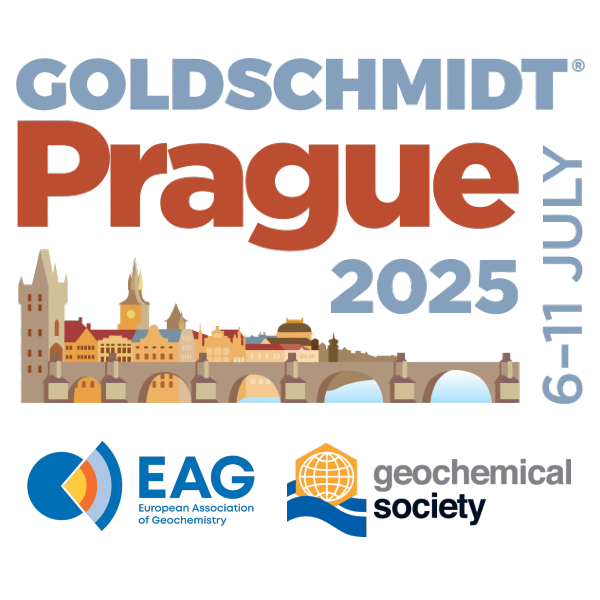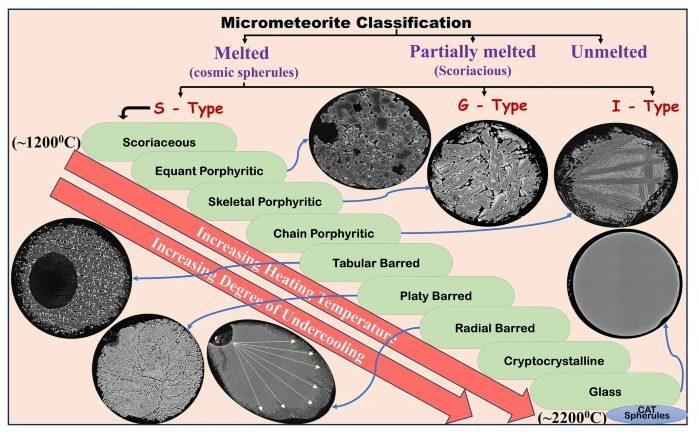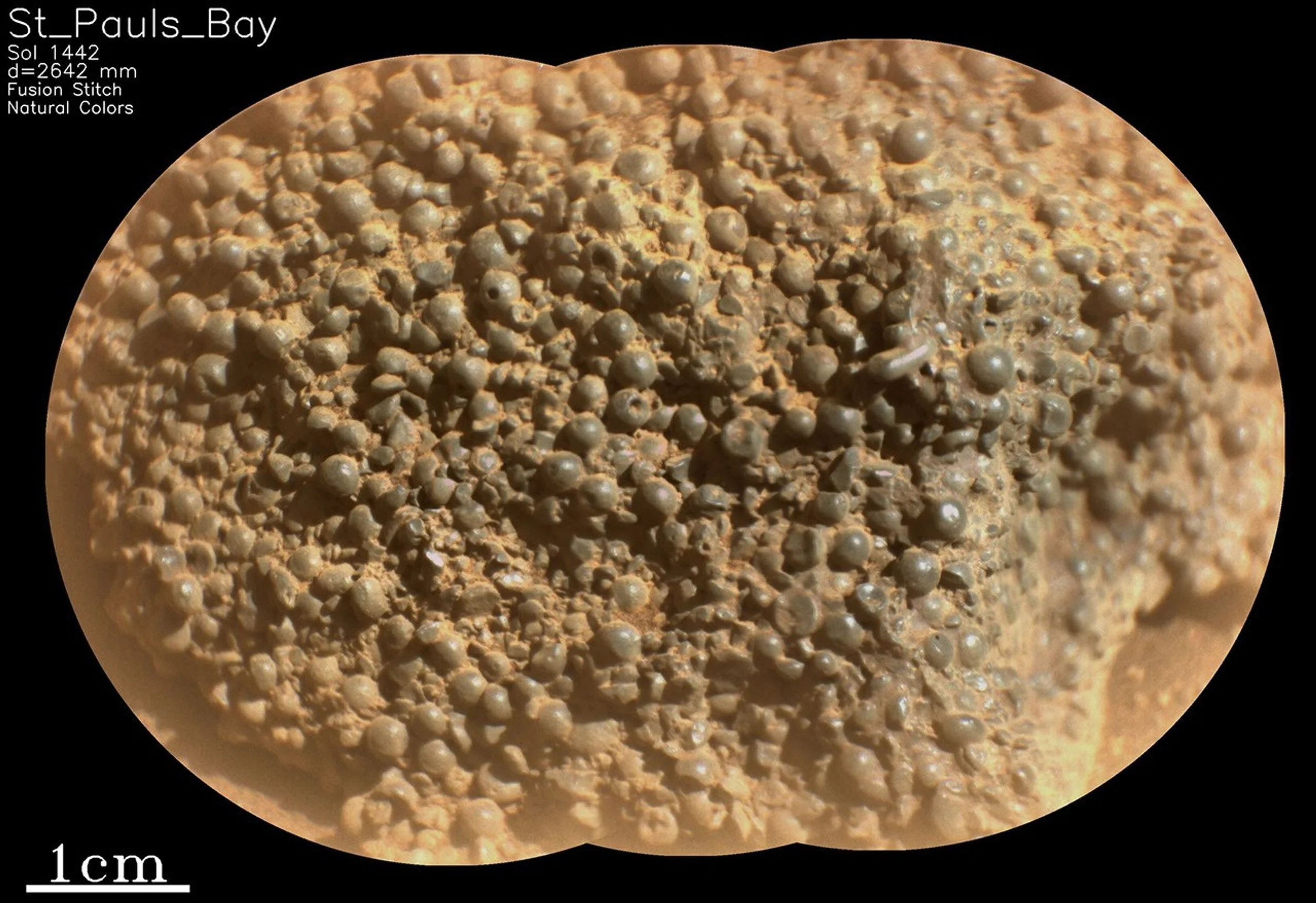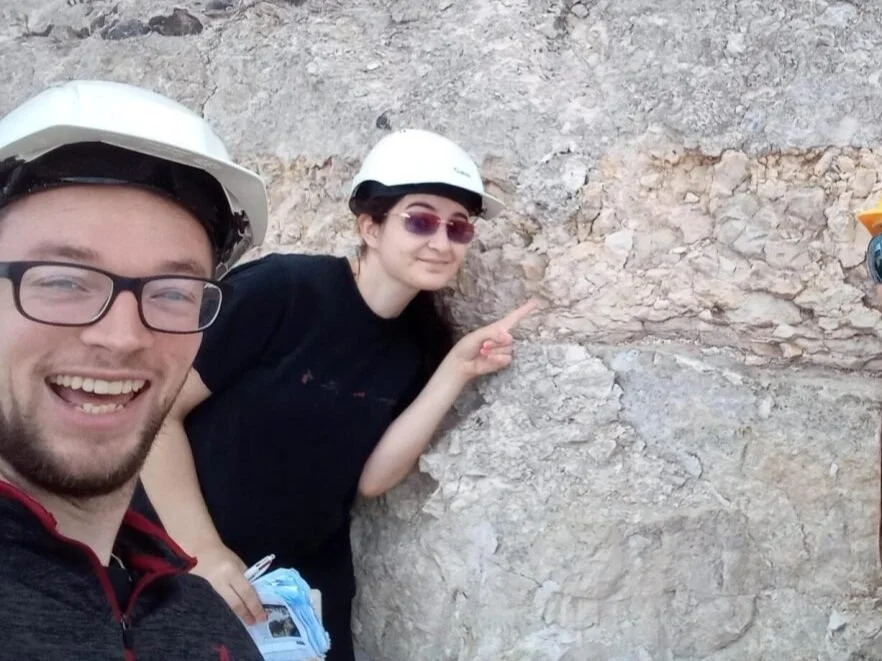
Highlighted Research News on Micrometeorites and More
Recent Planetary News
In the 1990s, Love and Brownlee computed a numerical simulation on the atmospheric entry of micrometeoroids which had large implications on cosmic dust research. Previous studies had their own coded models, but this was the first uniform simulation of entry which took into consideration effects such as the angle at which a particle enters Earth’s atmosphere from space, its entry velocity, the mass lost due to evaporation, etc. Some of their conclusions show:
1) Only 1% of micrometeoroids above 300 microns will survive atmospheric heating.
2) Most spherules come from asteroids because they produce dust which enters Earth at high enough angles and low velocities to not undergo total evaporation. Smaller particles likely come from bodies with eccentric orbits and high velocities such as comets.
3) The majority of cosmic dust will only be be above melting temperatures for about 2 seconds at altitudes of 85 to 90km!
Highlighted Papers
Heating and Thermal Transformation of Micrometeoroids Entering the Earth's Atmosphere
Love and Brownlee (1991) - Icarus
The Classification of Micrometeorites
With the cosmic dust field growing in the early 2000s and new particles being discovered, researchers needed a unified naming system to better describe their samples in a simple manner. Queue “The Classification of Micrometeorites” - a comprehensive paper detailing the textures and geochemical and isotopic properties expected for various micrometeorites based on Antarctic samples. Now we identify cosmic spherules, even under an optical microscope, following these protocols.
Genge, et al. (2008) - Meteorit. Planet. Sci.
Ancient Micrometeorites Suggestive of an Oxygen-rich Archaean Upper Atmosphere
The Earth’s oxygen levels were thought to be much lower than present a few billion years ago during a geological period called the Archaean. However, spherules acquired from Archaean limestone show that the upper atmosphere was just as oxygenated as it is today! Previous evidence of low oxygen levels at the surface acquired from analysing sediments may imply that there was minimal mixing between the lower and upper atmosphere during this time. This paper introduced the successful capability fossil micrometeorites have for being paleoclimate indicators - a great way in better understanding our ancient atmospheric compositions.
Tomkins, et al. (2016) - Nature
Micrometeorite Collections: a Review and Their Current Status
Van Ginneken, et al. (2024) - Royal Society
Cosmic dust falls everywhere on Earth’s surface (and other planets too)! So, micrometeorites can be found in various locations from the sea floor, Antarctic ice, sandy deserts, and even your own roof! This recently published paper details some major collections of all types of micrometeorites (not just cosmic spherules), providing information on collection sizes, locations, and contacts for further collaborative research. Interestingly, their conclusions state “future micrometeorite collections should focus on fossil micrometeorites to provide clues to the flux of cosmic dust in the distant past, its variability through time, as well as act as effective paleoclimatic proxies.”
Want to be featured in our highlighted news? Contact us!
Please fill in the form detailing your planetary project as much as possible. Include your representative institution and how your project has impacted the world of science. If it is related to a recent publication, please provide the reference.









